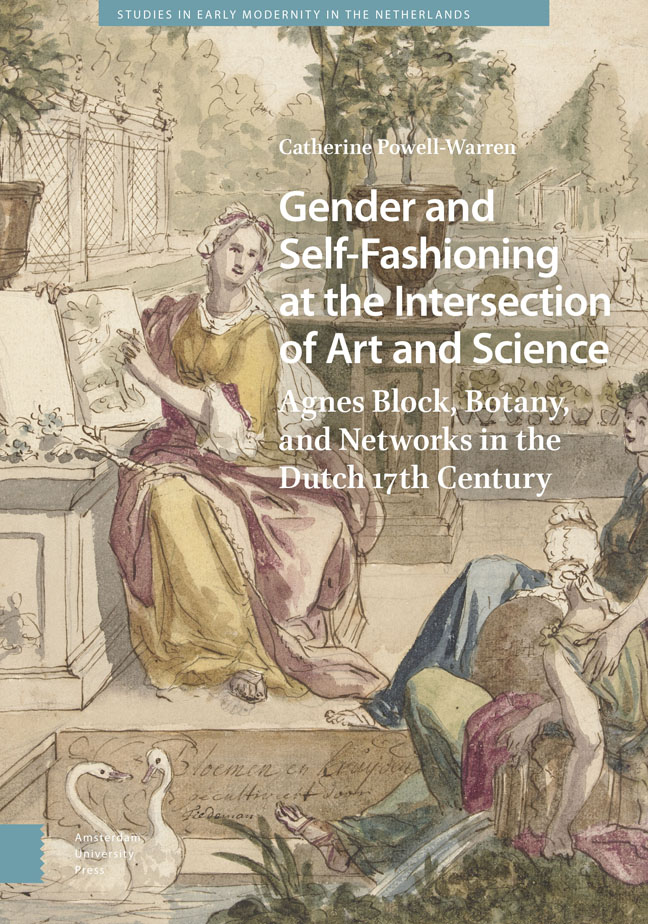 Gender and Self-Fashioning at the Intersection of Art and Science
Gender and Self-Fashioning at the Intersection of Art and Science Published online by Cambridge University Press: 20 February 2024
Abstract: The focus of this chapter is Agnes Block’s Bloemenboek and her collection of watercolours. The examination of this collection helps deepen our understanding of Block’s devotion to her practice as an amateur botanist and to situate her self-fashioning at the intersection of art and science. The watercolours served multiple purposes: they recorded Block’s plant collections for posterity; served as substitutions when the plants died; and served as study aids. Block’s “paper garden” was remarkable for its size and quality, and for the high profile of the artists she commissioned. In her pursuit, however, she was not unique, and other amateurs also collected botanical watercolours, albeit not with Block’s devotion.
Keywords: collector as author; paper garden; drawn after life; epistemic images; plant portraits
Agnes Block collected more than four hundred watercolours of flowers, plants, birds, and insects. Of this collection, one volume survives intact in the collection of the Rijksmuseum, in Amsterdam. The title page of this volume informs us that it contains “Plusieurs especes (sic) de Fleurs dessinees d’apres (sic) le Naturel”—many species of flowers drawn after nature (fig. 25). Block’s collection of watercolours was of enormous significance to her, as evidenced by its reference in her portraits. Arguably, it was the most important collection of watercolours commissioned by a liefhebber for the purposes of memorializing a garden.
This chapter examines Block’s collection of watercolours, with a special emphasis on the Bloemenboek. Since the collection has been dispersed and only limited documentation about it and its constitution is available, it may be more accurate to describe this examination as being about a portion of Block’s collection of watercolours. This qualification, however, is not a limitation in this case. The purpose of this chapter is not to try and reconstruct Block’s collection, nor to attempt the attribution of unsigned works. Rather, the objective is to explore the ways in which what we know about the collection can allow us to deepen our understanding of Agnes Block’s devotion to her practice as an amateur botanist and to situate her self-fashioning at the intersection of art and science. Incidentally, this chapter also sets the stage for the examination of Block’s connections with the many artists who produced the watercolours, which are the subject of chapter 7.
To save this book to your Kindle, first ensure [email protected] is added to your Approved Personal Document E-mail List under your Personal Document Settings on the Manage Your Content and Devices page of your Amazon account. Then enter the ‘name’ part of your Kindle email address below. Find out more about saving to your Kindle.
Note you can select to save to either the @free.kindle.com or @kindle.com variations. ‘@free.kindle.com’ emails are free but can only be saved to your device when it is connected to wi-fi. ‘@kindle.com’ emails can be delivered even when you are not connected to wi-fi, but note that service fees apply.
Find out more about the Kindle Personal Document Service.
To save content items to your account, please confirm that you agree to abide by our usage policies. If this is the first time you use this feature, you will be asked to authorise Cambridge Core to connect with your account. Find out more about saving content to Dropbox.
To save content items to your account, please confirm that you agree to abide by our usage policies. If this is the first time you use this feature, you will be asked to authorise Cambridge Core to connect with your account. Find out more about saving content to Google Drive.